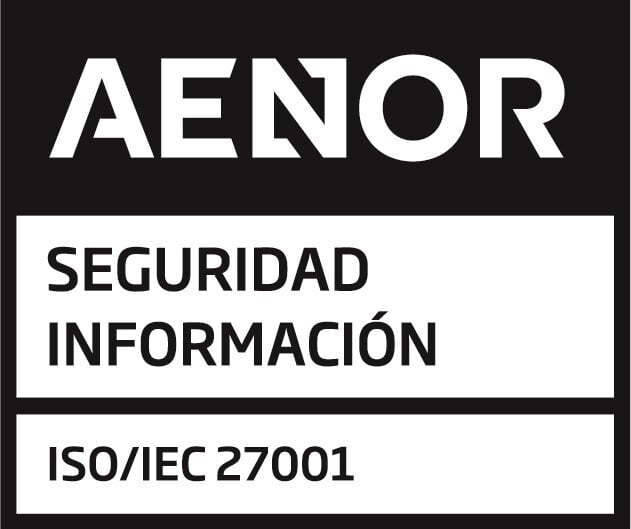Infrastructure growth and land go hand in hand. Popular infrastructure – industrial installations, roads, power stations, airports, etc. – require extensive pieces of land for setup and operation. Similarly, the majority of renewable energy installations need land, sometimes lots of it. For instance, wind turbines must be placed far apart to operate efficiently. As we pursue the transition to 100% renewable energy, the need for land is only increasing.
Siting, permitting, and eventual use of the land can be a complex process for all involved, especially for the agrarian economies. Many factors must be considered, with some areas’ requirements being stricter than others.
That’s why as you plan for your next renewable energy project, we are excited to share a few considerations for plot management.
The Context for Renewable Energy
Renewable energy projects will typically require approval from government authorities. It usually starts at the point of land acquisition, which marks the beginning of most renewable energy projects.
Project developers first identify suitable land for the project, then send a team to meet with the landowners. Often, the preferred sites are close to transmission lines and substations, if the project is to produce sizeable electricity. A wind project will mostly suit a flat clear area. All this time, the developer is estimating the extent of local enthusiasm for the renewable energy project.
However, land acquisition for renewable energy and its subsequent usage is often characterized by several challenges. These include localized land rights, land size limits, unreliable land records, and improper land utilization policies. In this regard, the landowner and the project owner want to consider a few factors for effective plot management.
Considerations for Land Agreement
While every renewable energy project land use agreement is unique, some considerations feature in most agreements. These include tax considerations, land renewable options, confidentiality, and leasing options.
For the landowner and especially for a commercial renewable energy project, there is very little to do in terms of management. As the contractor spearheads the project, the landowner will be given updates by a point man. In the larger projects, the landowner may appoint a legal representation to make sure that all the aspects of the permit are adhered to.
So what does the land agreement entail? What can you expect to find in the lease agreement?
The lease agreement includes a few things, starting with the names of the parties – property owner and lease. Also included are the lease terms and a description of the property on the land. Rent amount and terms are also defined, as are the legal and illegal uses of the plot. You can also expect to find the rights and requirements of the parties alongside any taxes and insurance payments.
Let’s now look at several important considerations:
1. Lease renewal: Most land leases for renewable energy projects last for 10 to 25 years, but the renewable energy company is free to end the lease earlier if the project turns out to be unprofitable. The leases will often give the project owner the option of extending for several terms. When you combine the terms, you will get the duration of the original lease.
2. The tax factor: In most cases, the lease agreement will require the renewable energy company to pay more tax owing to the installed systems. Amendments may be necessary because recapture taxes related to loss of agricultural land may feature.
3. Land restoration:After the renewable energy company terminates its project, there is a need to restore the land to its initial state. That’s why the lease may give this requirement. The project owner may be required to remove all dangerous equipment from the land.
4. Exclusivity clause: It is common for lease agreements to contain a clause that restricts the landowner from leasing the rest of the land to competing renewable energy companies. It is upon the landowner to look at the extent of acreage and consider limiting this exclusivity if the land acreage is substantial.
5. Confidentiality:Lease agreements also typically carry a confidentiality clause that seeks to protect the identity of the Energy Company and related financial terms. If such a clause is included in the lease, the landowner relationship must be such that even the neighbors don’t get wind of the terms.
6.Landowner earnings:The amount the landowner takes home depends on several factors, chief among them being the size of the project. The economics of small and large-scale projects differ. Based on case studies, renewable energy project developers typically offer farmers several times what farming would give.
Conclusion
Successful implementation of renewable energy projects requires substantial foresight and careful consideration of the various stakeholders involved. As the uptake of renewable energy increases globally, the project implementation arena can only become more competitive and land management will be trickier. Organizations that apply keys to plot management are guaranteed continued success in these times.
At QBI Solutions, the importance of successful renewable energy development for a sustainable future is all clear to us. We have the most reliable platform on which you can manage all your renewable energy projects. Our asset management software takes care of all project aspects, including land management.
Be sure to check out our blog often for other insights into the fundamentals of renewable energy asset management.
